Post by Austin Schubert, graduate student in the Neuroscience Graduate Program at OHSU. Austin is interested in the genetic and molecular basis of how the cerebral cortex develops in the context of health, disease, and evolution, and presented on brain organoids at NogginFest 2023.
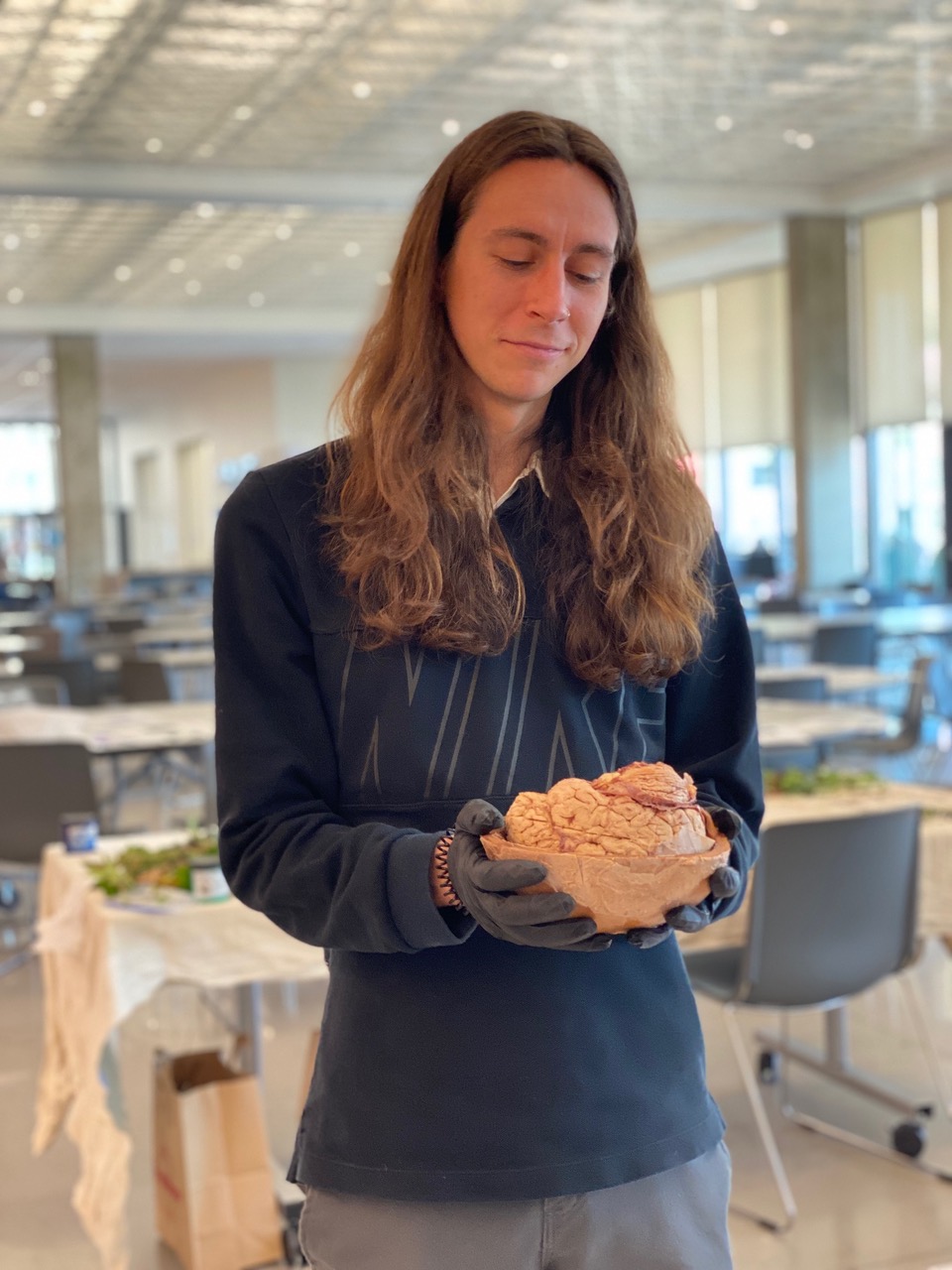
We all began as a single-celled zygote formed by the fusion of sperm and egg.
This cell didn’t have any true functions per se but it possessed the incredible capacity to multiply into the trillions of cells with specialized purposes that make up the human body (e.g. liver cell, brain cell, blood cell, muscle cell). This capacity to transform into other types of cells, known in the field as potency, is high in stem cells and gradually decreases as a cell develops into its final identity.
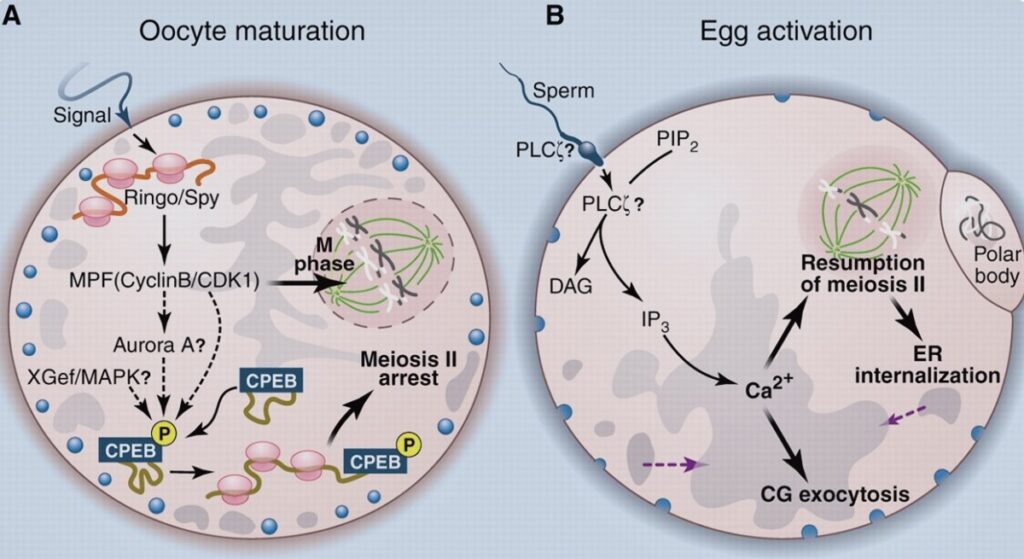
IMAGE: Regulation of the Oocyte-to-Zygote Transition
LEARN MORE: Fertilization
LEARN MORE: The molecular basis of fertilization (Review)
LEARN MORE: Re-starting life: Fertilization and the transition from meiosis to mitosis
LEARN MORE: Describing the Stem Cell Potency
LEARN MORE: Stem cells: their source, potency and use in regenerative therapies
LEARN MORE: What Is the Molecular Underpinning for the Totipotency of Zygote?
Thanks to discoveries by 2012 Nobel Laureate Shinya Yamanaka, we can now reverse this process by reprogramming a mature adult cell such as a skin cell back into a stem cell. These “induced pluripotent stem cells” can then be converted into any type of cell in the body.

IMAGE: Shinya Yamanaka Wins 2012 Nobel Prize in Medicine
LEARN MORE: Shinya Yamanaka
LEARN MORE: Generation of germline-competent induced pluripotent stem cells
LEARN MORE: Induction of pluripotent stem cells from mouse embryonic and adult fibroblast cultures by defined factors
Brains in a dish
Perhaps the most intriguing use of this technology has come in the form of cortical organoids, a.k.a. “brains in a dish” or “mini brains.”

These organoids are balls of neurons no larger than a pencil eraser that are used to model our cerebral cortex, the six-layered band of neurons lining our cerebrum that endows us with our most impressive cognitive and behavioral abilities including sensory perception, language, and even consciousness.
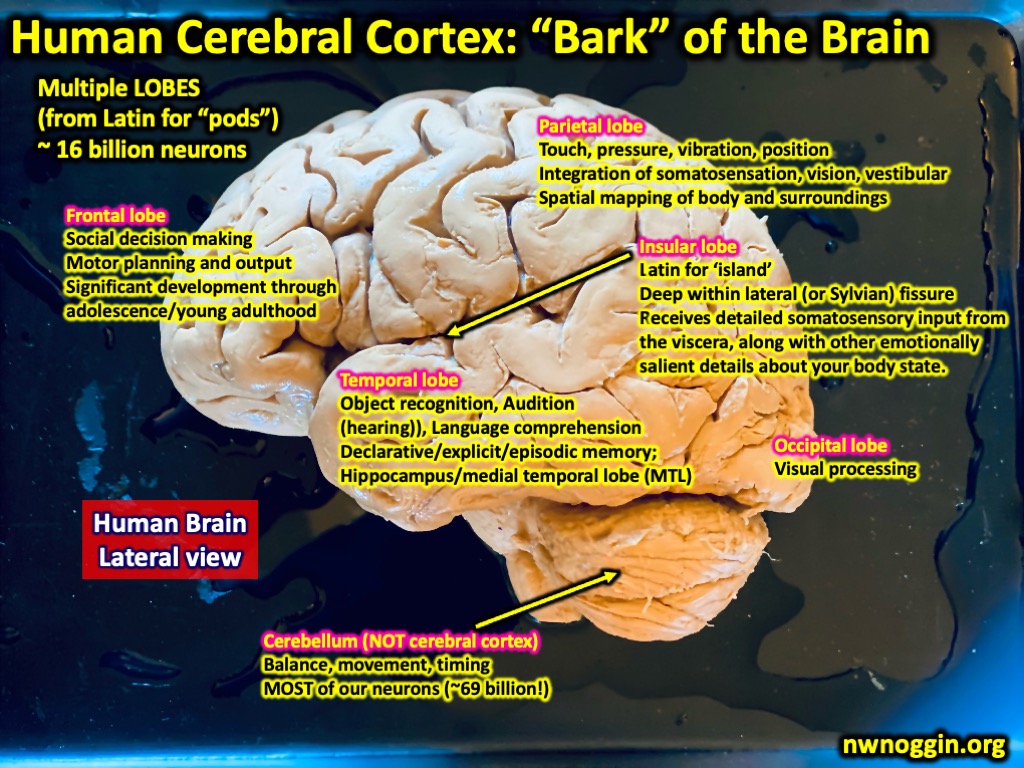
Remarkably, these models share important features with an actual human cerebral cortex; the characteristic “inside-out” development, general structure, and types of neurons generated are similar. The neurons within them can even form functional circuits and communicate with one another.
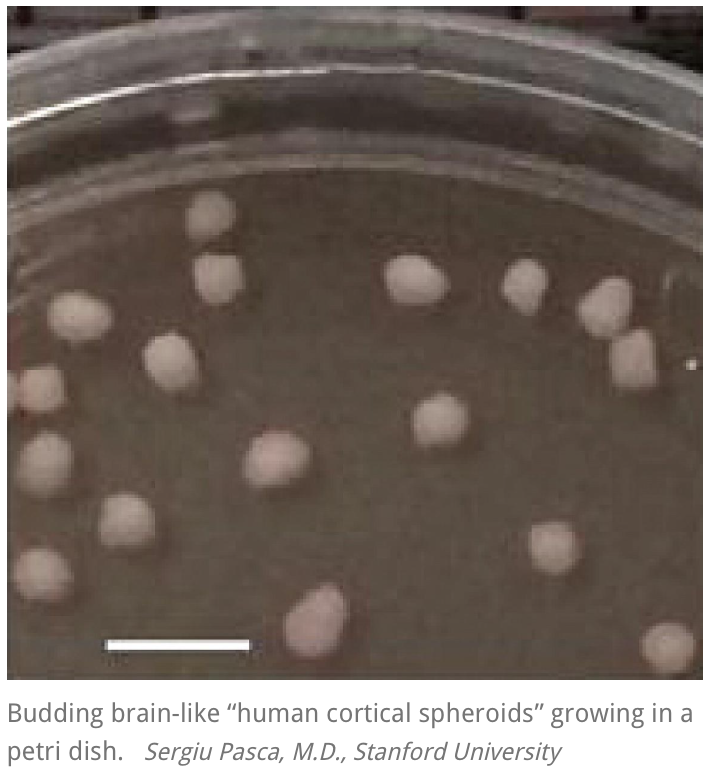
IMAGE: A patient’s budding cortex — in a dish?
LEARN MORE: Direct Generation of Human Cortical Organoids from Primary Cells
LEARN MORE: Researchers develop method to study brain connectivity, functionality
LEARN MORE: A simplified protocol for the generation of cortical brain organoids
LEARN MORE: Electrophysiological Properties of Human Cortical Organoids
The applications of this technology are boundless.
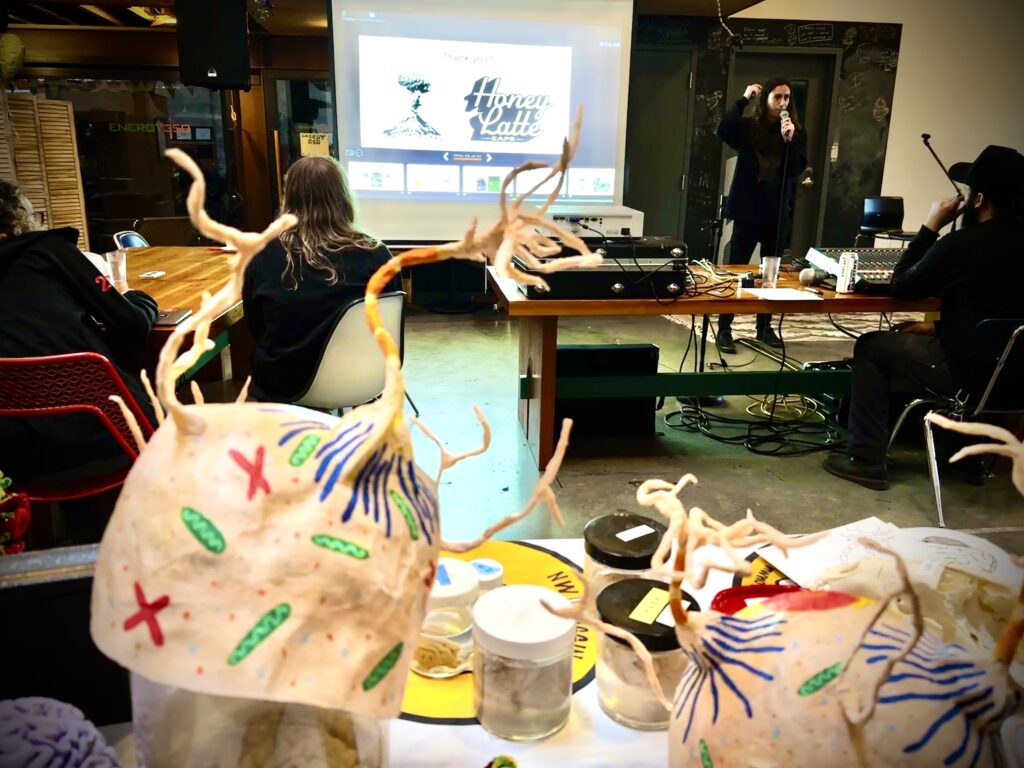
Many neuropsychiatric disorders are caused by improper development and functioning of the cerebral cortex. Labs across the world are now utilizing organoids to study these disorders and develop therapeutics for them.
By reprogramming skin cells of patients diagnosed with schizophrenia, Autism Spectrum Disorder, Down syndrome and more into brain organoids, scientists can learn more about the cellular and genetic mechanisms underlying these conditions.
LEARN MORE: What Have Organoids and Assembloids Taught Us About the Pathophysiology of Neuropsychiatric Disorders?
LEARN MORE: The Application of Brain Organoids: From Neuronal Development to Neurological Diseases
LEARN MORE: Modeling Autism Spectrum Disorders with Induced Pluripotent Stem Cell-Derived Brain Organoids
LEARN MORE: Cerebral organoids as tools to identify the developmental roots of autism
LEARN MORE: Modeling Down syndrome in cells: From stem cells to organoids
Crucially, an organoid will contain the same DNA as the patient it originates from, which means that those balls of neurons in the dish should behave similarly to the cells in their own head.
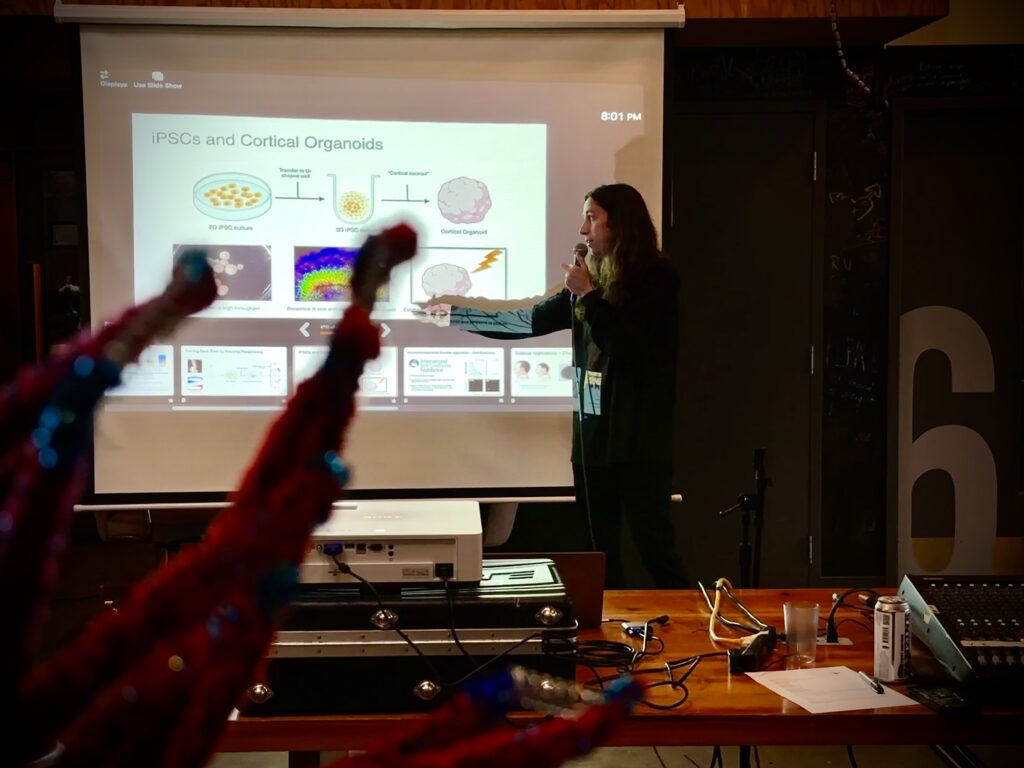
The cortex is also the specific target of many harmful pathogens like bacteria and viruses.
The Zika virus, which can cause an abnormally small brain in the developing embryo of an infected mother, was recently studied in brain organoids. This led to discoveries about which cells that virus is choosing to infect and drug candidates to fight the infection.
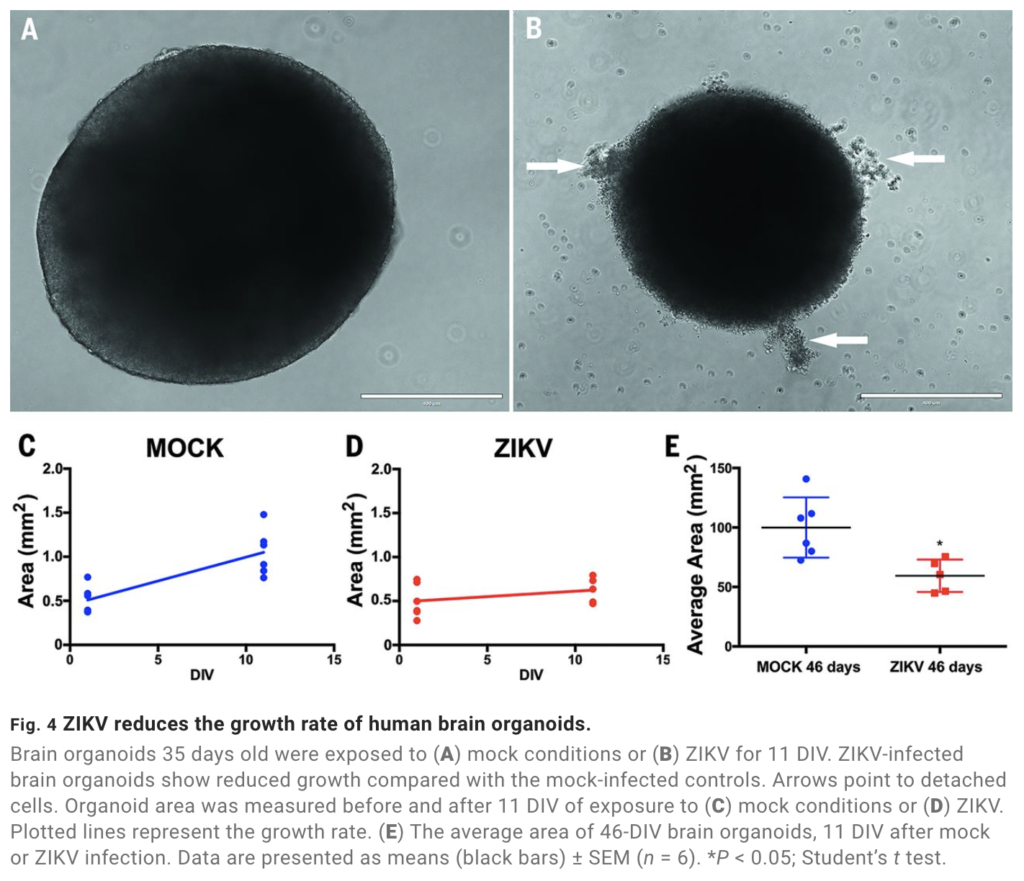
IMAGE: Zika virus impairs growth in human neurospheres and brain organoids
Most of what we know about the human cerebral cortex comes from studies on lab animals like mice and rats. These studies are illuminating and have generated foundational knowledge due to the surprising similarity between human and rodent brains and the ability to dissect and examine the latter of the two.
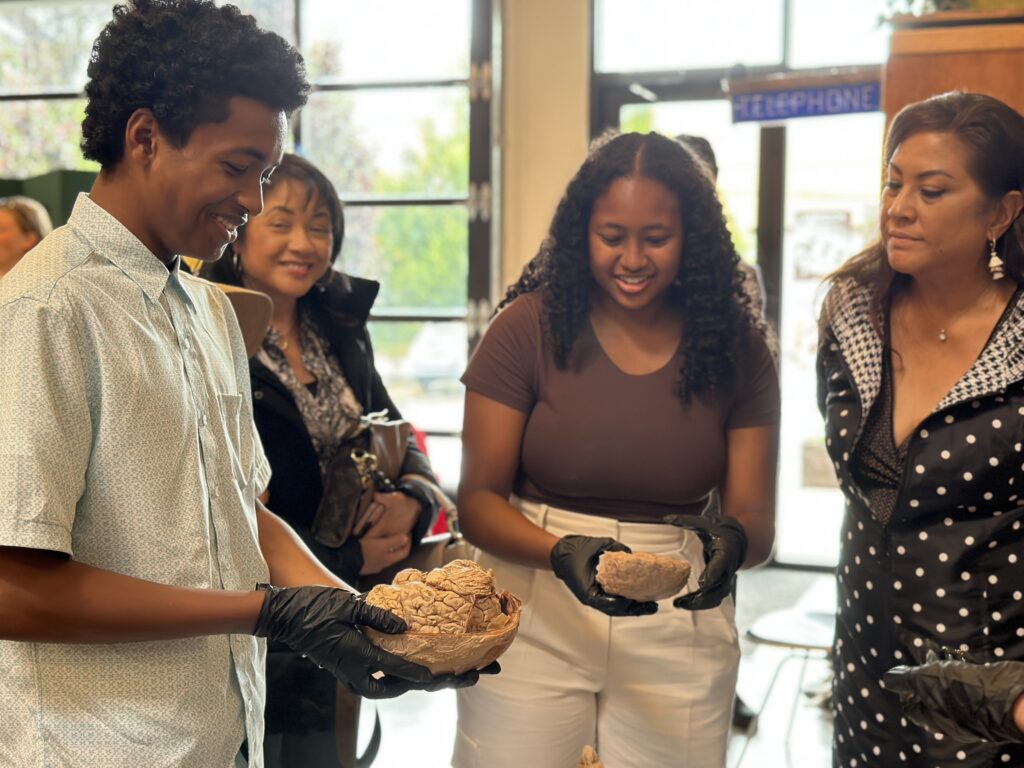
However, there are clearly some human-specific features of our brains.
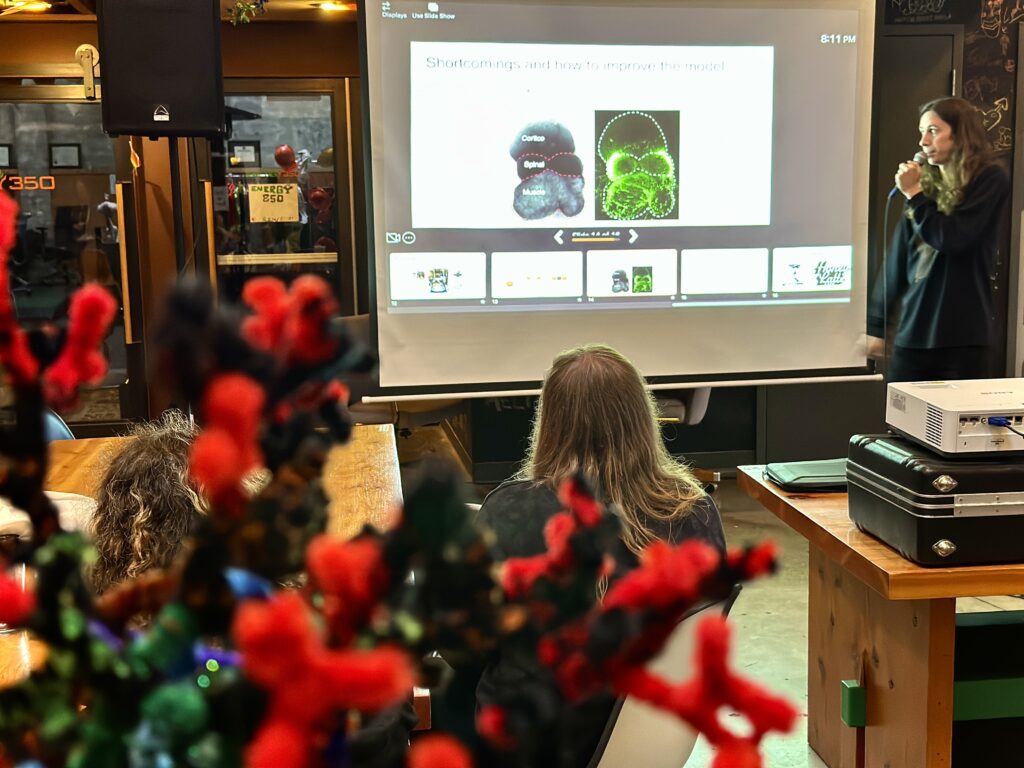
Organoids provide a platform to discover what those features are.
By growing organoids derived from humans and comparing those to ones derived from chimpanzees, our closest living relatives, we can generate testable hypotheses about the evolutionary events that have separated us over millions of years. A recent study using this approach showed that cells in the human cortex divide and multiply much more slowly than a chimp’s. This partially explains the massive expansion of the human cortex that occurred during our evolution.
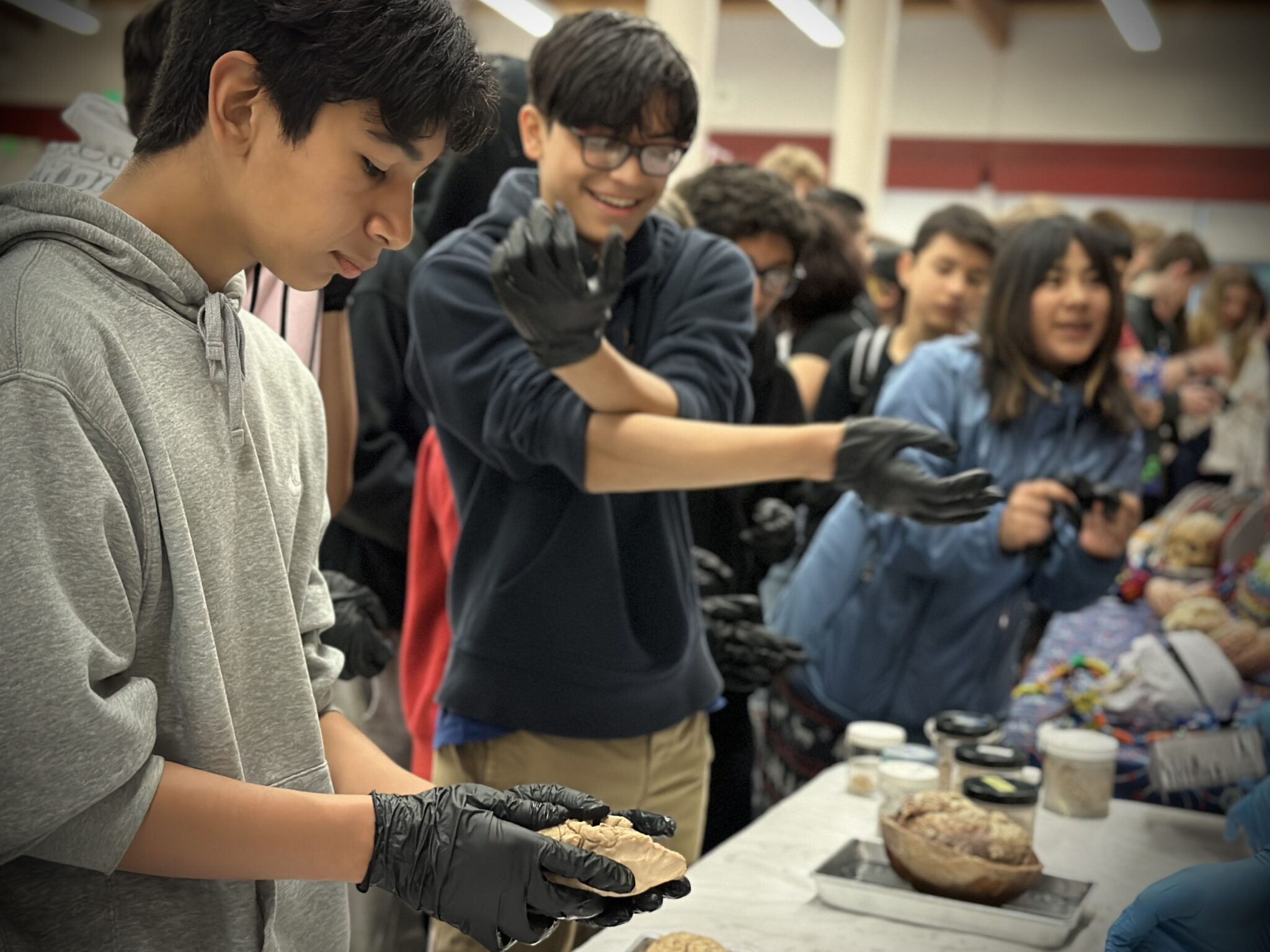
My undying enthusiasm for this technology isn’t shared by everyone.
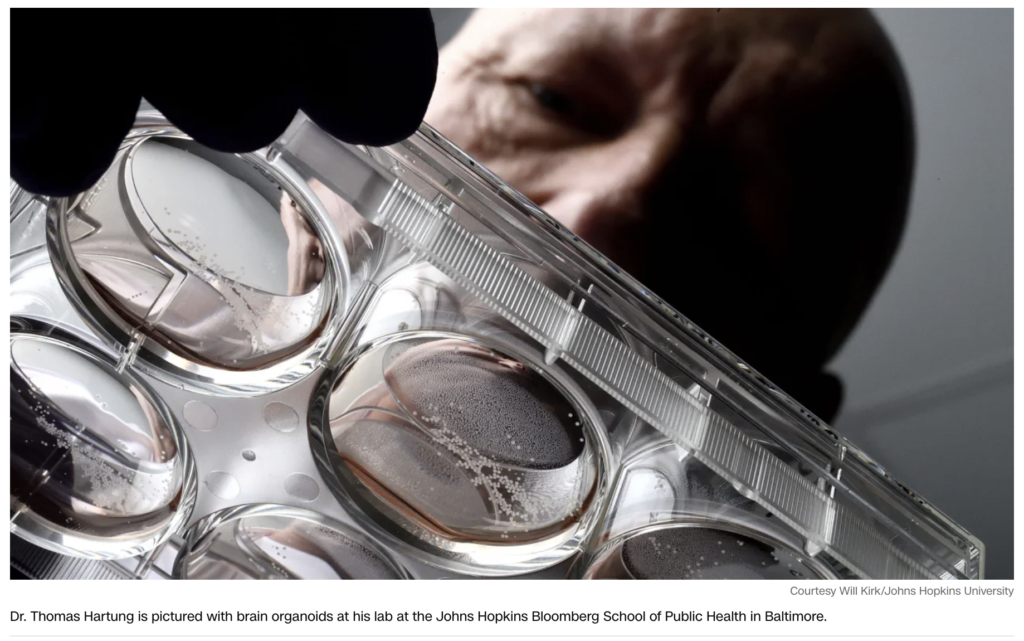
IMAGE: Move over, artificial intelligence. Scientists announce a new ‘organoid intelligence’ field
When media outlets first reported on brain organoids it frightened people.
Some were worried that these clumps of cells were conscious and that scientists were ignoring ethical concerns and perhaps making a huge mistake. Neuroscientists are also skeptical of this technology, but often for a different reason. They say that our enthusiasm should be curbed and that any conclusions made about neurobiology made using these models should be taken with a grain of salt.
LEARN MORE: Media portrayal of ethical and social issues in brain organoid research
LEARN MORE: In creating so-called mini-brains, how close to a real human brain is too close?
LEARN MORE: Human cerebral organoids: the ethical stance of scientists
LEARN MORE: Ethical Issues Related to Brain Organoid Research
I believe that the scientists are right. Despite the amazing findings these organoids have generated and will surely continue to generate, they are still extremely simplistic compared to the the infinitely complex human brain.
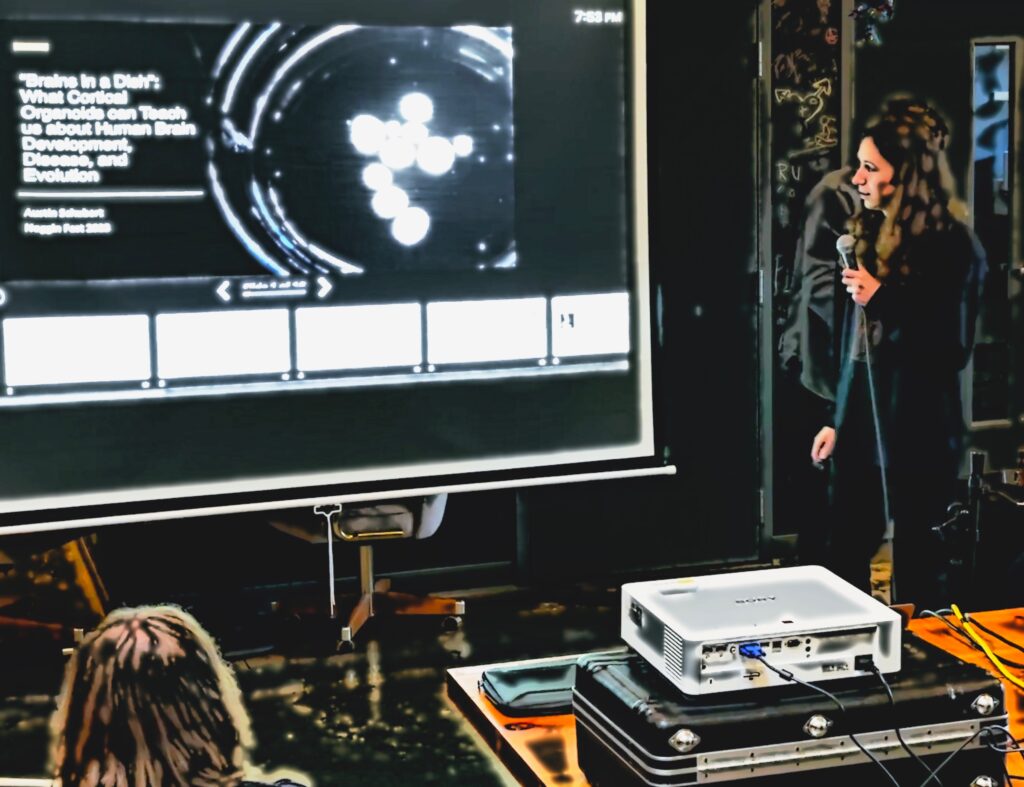
On the bright side, I suspect this simplicity means that organoids are far from being conscious.
On the other hand, it means that we must continue developing brain organoid technology if we want a more accurate representation of the brain. This is being actively worked on; researchers across the globe are finding innovative ways to make organoids more realistic, such as adding in the under-appreciated non-neuronal cells of the brain and automating the growing process to reduce variation amongst samples.
LEARN MORE: “Mini Brains” Are Not like the Real Thing
LEARN MORE: Human cerebral organoids and consciousness: a double-edged sword
LEARN MORE: Brain organoids: advances, applications and challenges
With progress being made every day, there is no doubt that organoids will play a major role in the next century of scientific discovery.
LEARN MORE: How we’re reverse engineering the human brain in the lab
Anyone can feel free to reach out to me for questions about organoids, brains, graduate school, how to become a scientist, or literally anything else! Email me at schubera@ohsu.edu.

LEARN MORE: Minibrains, Music, Estrogen, Art & Sleep!
LEARN MORE: NOGGINFEST


